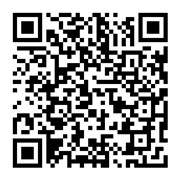探索suit的用法和搭配,让你轻松掌握英语表达小技巧
探索 "suit" 的用法和搭配,可以帮助我们更轻松地掌握英语表达小技巧。首先,"suit" 可以作为名词使用,表示“西装”或“套装”。例如,“He wore a dark suit to the interview.”(他穿着一套深色西装去面试。)此外,"suit" 也可以作为动词使用,表示“适合”或“符合”。例如,“This color suits you well.”(这个颜色很适合你。)
在搭配方面,"suit" 经常与形容词连用,如 "formal suit"(正式西装)、"business suit"(商务西装)等。此外,"suit" 还可以与介词 "to" 连用,表示“适合于某人”。例如,“This gift suits you perfectly.”(这个礼物非常适合你。)
通过学习和运用 "suit" 的不同用法和搭配,我们可以更准确地表达自己的意思,使英语表达更加地道和自然。掌握这些小技巧,不仅能够提高我们的英语水平,还能让我们在日常生活中更加自信地使用英语。


